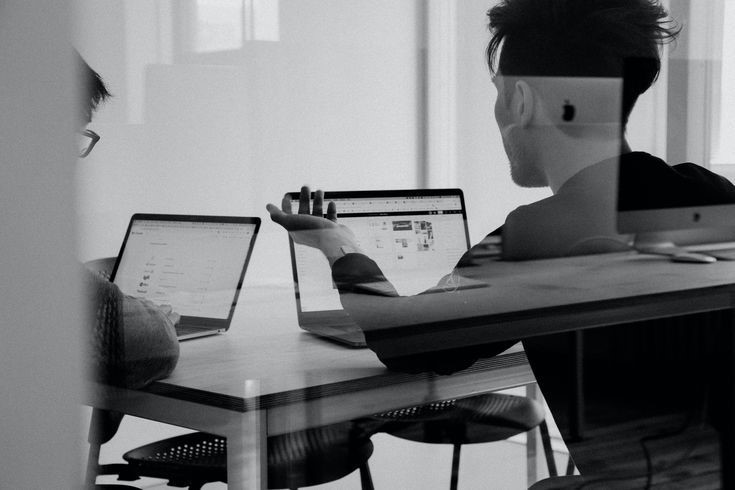Introduction to Server-Side and Client-Side

Figure 1. Client-Side and Server-Side.
Figure 1 shows client-side and server-side. In the realm of web development, Server-Side and Client-Side are fundamental concepts that dictate how websites and web applications function. They represent distinct approaches to processing and presenting content to users. Let's begin our exploration by understanding these concepts at a high level.
Server-Side Processing
Server-Side processing refers to the tasks and computations that occur on the web server in response to a user's request. When you enter a website's URL in your browser and hit Enter, a series of actions take place on the server. The server retrieves data from databases, performs business logic, generates HTML content, and sends it back to your browser [1]. This process is transparent to you as a user.
Server-Side processing is essential for tasks like user authentication, database interactions, and handling sensitive information. It ensures that data remains secure and consistent, as the server is the ultimate authority in generating content.
Client-Side Processing
Client-Side processing, on the other hand, occurs within the user's web browser. After receiving HTML, CSS, and JavaScript files from the server, the browser takes over the responsibility of rendering and displaying the web page. JavaScript, a versatile scripting language, is a key player in Client-Side processing. It enables dynamic updates, real-time interactions, and visual enhancements without needing constant communication with the server. [1]
Client-Side processing empowers websites to provide a more responsive and interactive user experience. It's particularly suitable for applications that require quick data manipulation and real-time updates, such as social media feeds and chat applications.
Balancing Act
While Server-Side and Client-Side processing offer distinct advantages, they are not mutually exclusive. Many modern web applications employ a combination of both approaches to create optimal user experiences. This hybrid approach is often referred to as "Server-Side Rendering" (SSR) and "Client-Side Rendering" (CSR).
In Server-Side Rendering, the initial content is generated on the server, ensuring faster page load times and search engine optimization. Then, the client-side takes over for subsequent interactions. On the other hand, in Client-Side Rendering, the initial page load is faster, and subsequent content updates are smoother due to minimal server involvement.
In the upcoming parts of this series, we will delve deeper into the intricacies of Server-Side and Client-Side processing, exploring their advantages, disadvantages, and how to make informed decisions about which approach to use for different scenarios. Stay tuned for a comprehensive understanding of these crucial concepts in web development.
References:
- https://enonic.com/blog/what-is-the-difference-between-server-side-and-client-side
Cite this article:
Hana M (2023), Server-Side vs Client-Side, AnaTechmaz, pp.1





